Earlier this year, the United Nations delivered a sobering report card on how well we humans are caring for the nearly nine million plant and animal species estimated to live on Earth. Our grade? A resounding F.
While the dismal appraisal of our environmental performance over the last century isn’t surprising, the alarm it rings is undeniable. Experts find that up to one million types of plants and animals across the globe are on the verge of extinction. Species loss, both on land and in the oceans, is happening 100 times faster than in the past. Our natural world is in the worst shape it’s ever been.
People are largely responsible for the breakneck pace of this destruction, but we also hold the power to turn things around. We have no other option but to reverse this trajectory. Our plant and wildlife neighbors aren’t the only ones in serious peril; their loss directly impacts world economies, our food and water security, and human health. The good news is that it’s not too late to change course, but we must work together, and quickly, to avoid the worst-case scenarios.
That’s why Sustainable Conservation has spent nearly two decades making it easier for California landowners – private and public alike – to restore degraded waterways around the state to boost clean water and habitat, and help bring struggling species back from the brink.
Thank you for being part of this renewal with us. Because of your support, implementing restoration projects in California to benefit clean water, fish, and wildlife is faster, less expensive, and easier than ever.
Folks wanting to take on habitat restoration projects have historically had to obtain permits from many different agencies using the same process as development projects (say, for a luxury hotel or condo complex). Approval is complex, costly, and can take years. The daunting process can cause some to abandon their plans, or never even consider conservation activities in the first place – a big deal in the face of time-sensitive habitat loss, species decline, and our warming climate.
Our programmatic permitting simplifies the process, and cuts time and cost for both agencies and project proponents, while keeping necessary environmental protections in place. Sustainable Conservation and our legislative and agency partners have already developed simplified permitting to support many critical, non-size-limited restoration projects authorized through the National Marine Fisheries Service and California Coastal Commission, as well as small-scale projects through the California Department of Fish and Wildlife.
We’re currently working with state and federal agencies to develop new permits to boost landscape-level restoration statewide, as well as other policy and regulatory incentives to support critical conservation projects before it’s too late.
Together, we can heed the U.N.’s wake-up call. Together, we can keep California a thriving home for people, flora, and fauna.
Speeding Statewide Fish and Wildlife Recovery
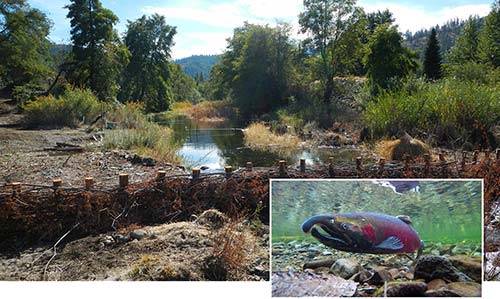
River restoration round-up! Learn more about rest stops for salmon, groundwater recharge, and a unique application of four-legged engineering – all conservation efforts by Californians made possible in part by Sustainable Conservation’s simplified permitting efforts. Featuring 2018 projects by the Western Shasta Resource Conservation District, Scott River Watershed Council, and Sanctuary Forest.
San Francisco Chronicle Letter to the Editor
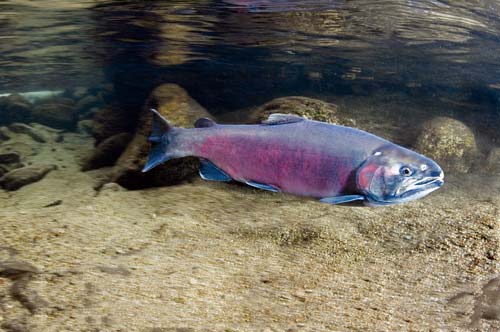
Over the last century, we’ve destroyed 90% of the state’s streamside forests and aquatic habitats. Bad news for waterways, fish, and people. There’s hope, though. Read our response.
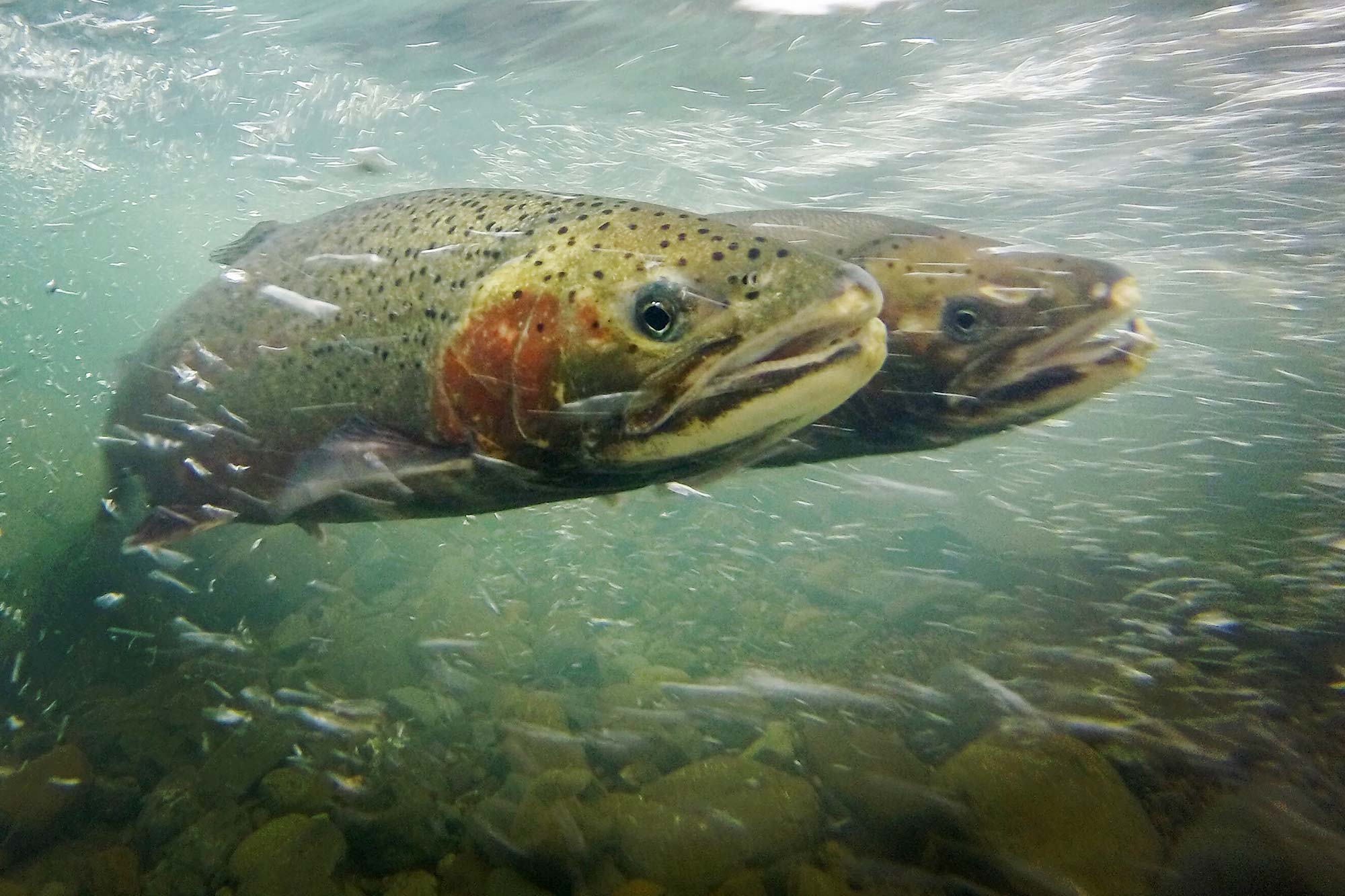
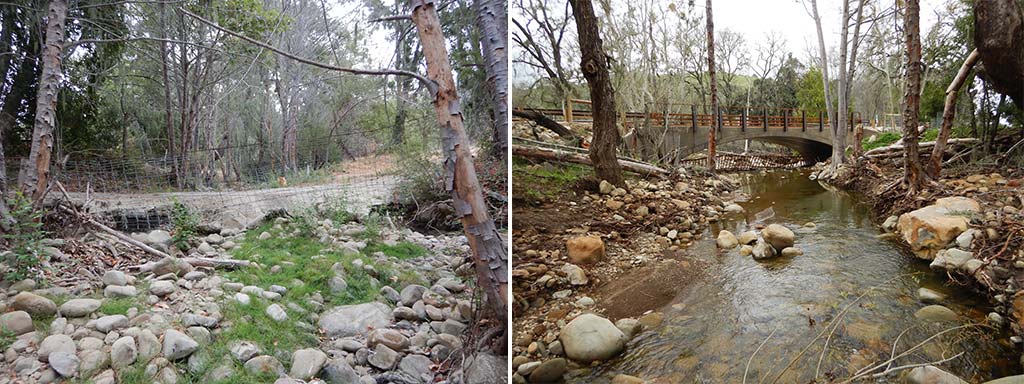
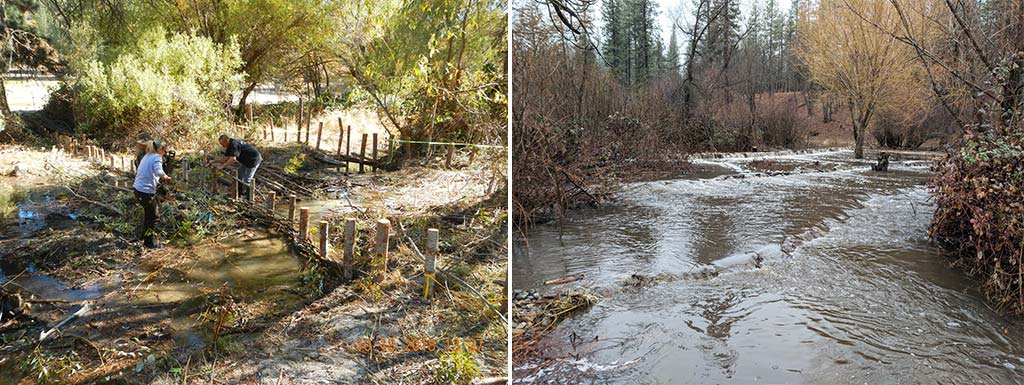
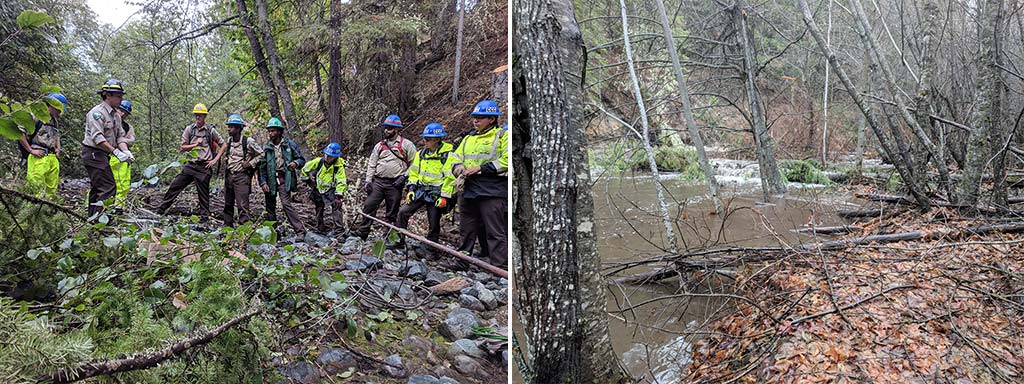
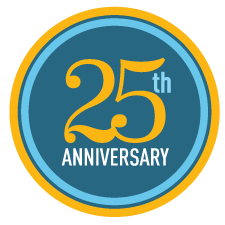
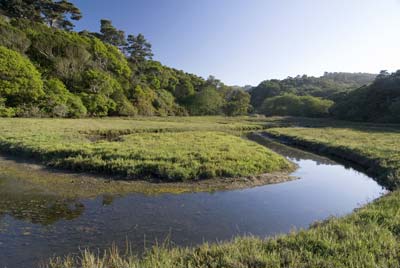 Establish and replicate simplified permitting program for conservation efforts
Establish and replicate simplified permitting program for conservation efforts 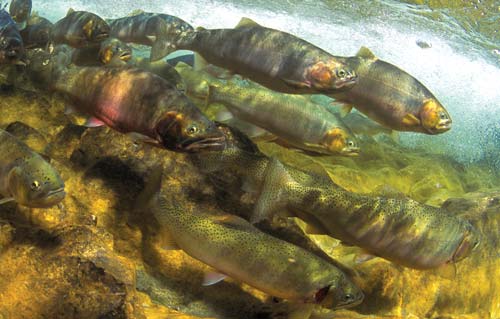 The National Marine Fisheries Service (NMFS) issues a simplified permit for restoration for the Central Coast, completing the first piece of the puzzle for simplified permitting with NMFS in California.
The National Marine Fisheries Service (NMFS) issues a simplified permit for restoration for the Central Coast, completing the first piece of the puzzle for simplified permitting with NMFS in California.
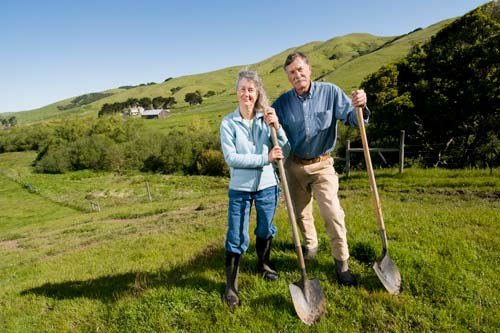 Governor Brown signs our Habitat Restoration and Enhancement (HRE) Act into law. The HRE Act expedites the permit process with the California Department of Fish and Wildlife across the entire state for small-scale, voluntary projects that improve rural habitats, urban watersheds, and coastal water quality.
Governor Brown signs our Habitat Restoration and Enhancement (HRE) Act into law. The HRE Act expedites the permit process with the California Department of Fish and Wildlife across the entire state for small-scale, voluntary projects that improve rural habitats, urban watersheds, and coastal water quality.
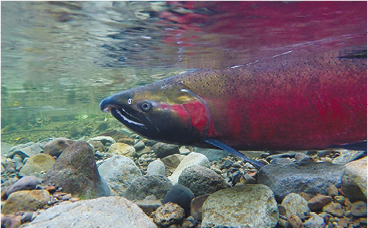 Develop simplified restoration permitting for the
Develop simplified restoration permitting for the 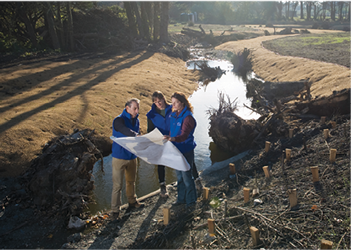 Our Accelerating Restoration team’s work results in the National Marine Fisheries Service issuing a
Our Accelerating Restoration team’s work results in the National Marine Fisheries Service issuing a